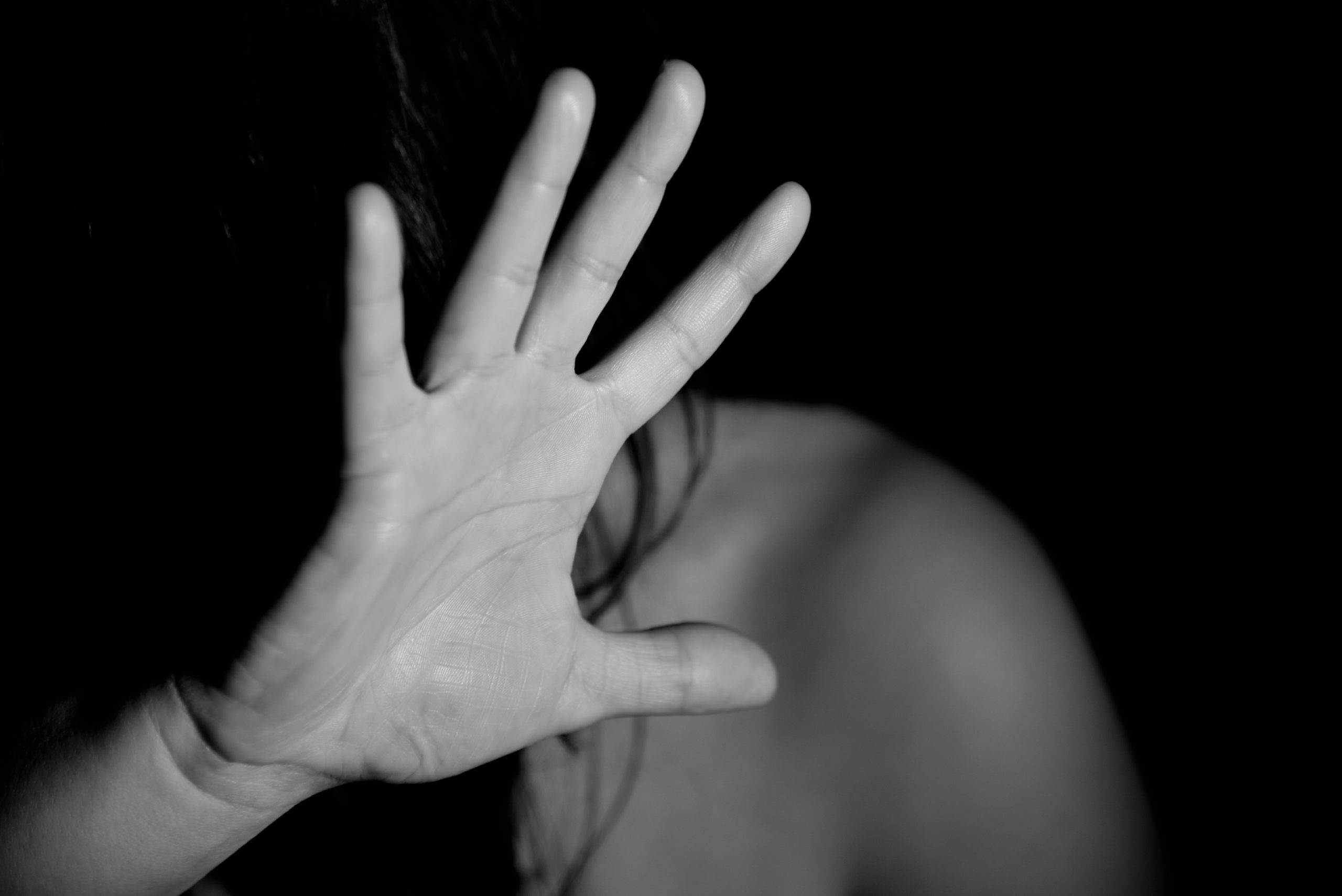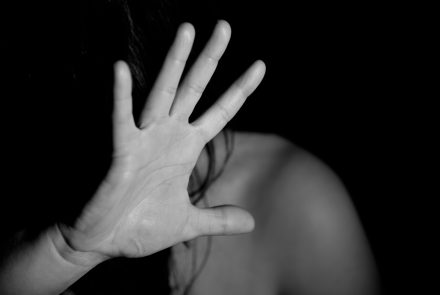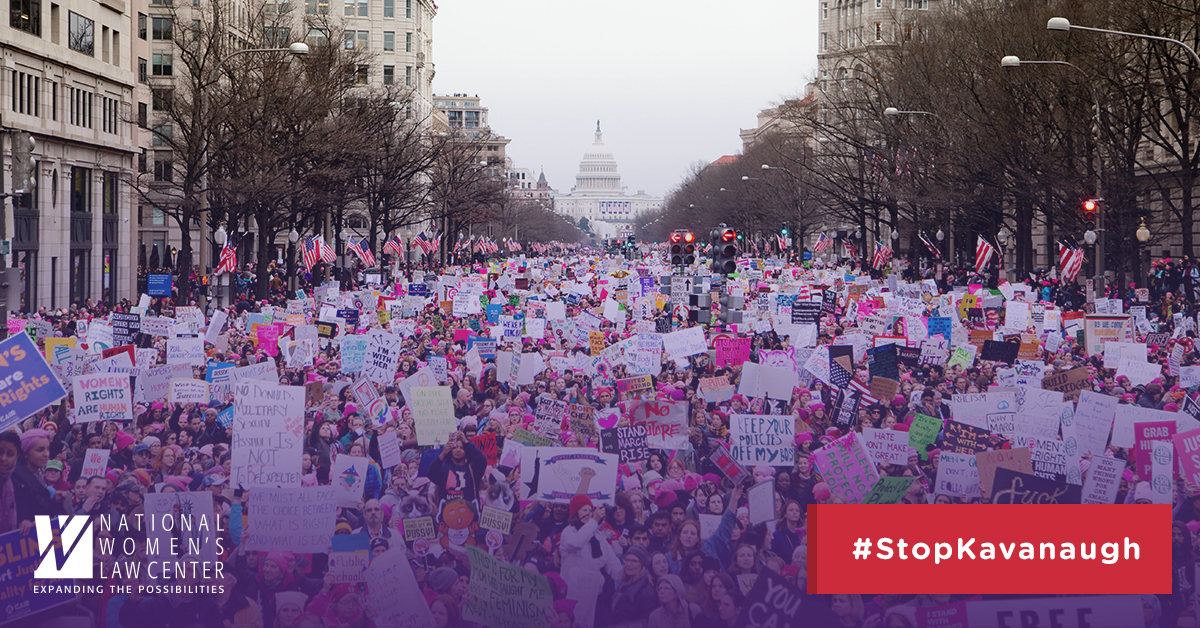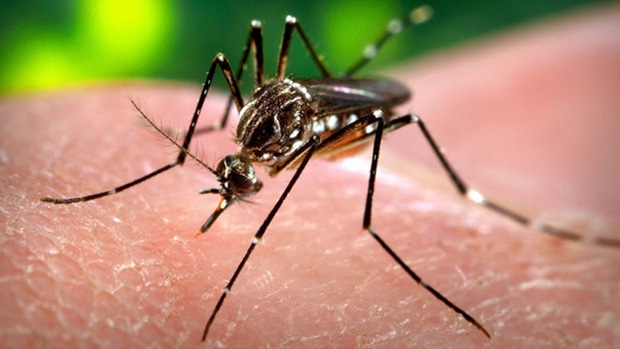Abortion rights, women of color, and LGBTQI+ people are under attack. Pledge to join us in fighting for gender justice.
This Halloween, 8 Scary Stats to Know if You’re a Woman or Girl

This is what happens when the real monsters aren’t under your bed, but in the White House.
 This Halloween, ghouls, ghosts, and goblins won’t be what’s keeping you up at night. This year we have bigger monsters to fight, only they aren’t casting spells… they’re writing laws. Take a look at these 8 stats that have been haunting us and let your elected officials know that nothing is scarier than systemic inequality in 2017.
This Halloween, ghouls, ghosts, and goblins won’t be what’s keeping you up at night. This year we have bigger monsters to fight, only they aren’t casting spells… they’re writing laws. Take a look at these 8 stats that have been haunting us and let your elected officials know that nothing is scarier than systemic inequality in 2017.
#ScaryStats on Women in the Workforce
- Women lose hundreds of thousands of dollars (and in some cases more than a million) over their lifetimes to the wage gap.
Yes, women who work full time, year round still get paid just 80 cents for every dollar paid to men, which results in a loss of more than $10,000 a year. What’s even scarier is that women of color face even bigger wage gaps than women overall: Black women make 63 cents for every dollar a white, non-Hispanic man makes, while Native American women make 57 cents, and Latina women make 54 cents.
- Women at nearly every education level and every age group are overrepresented in low-wage jobs.
Nearly seven out of 10 workers in the lowest wage jobs (that pay less than $10 an hour) are women. And then on top of that, women of color are disproportionately represented in low-wage jobs.
#ScaryStats on Women of Color
- Black girls are 6.1x more likely to be expelled from school than white girls.
Even more frightening, Black girls are 2.5 times more likely to be expelled without any educational services.
- When it comes to unemployment rates, Black and Latina women continue to lag behind white men.
While overall unemployment has decreased considerably since the recession, women of color still struggle to bounce back from the economic lull. In February 2017, Black women faced an unemployment rate of 7.1 percent, double the unemployment rate of 3.8 percent for white men. Latinas also had considerably higher unemployment rates than their white male counterparts.
#ScaryStats on Women’s Health
- The Hyde Amendment forces one in four low-income women seeking an abortion to carry an unwanted pregnancy to term.
The Hyde amendment prohibits Medicaid coverage of an abortion unless in the case of rape, incest, or the pregnancy is a risk to the mother’s life. This means that most abortions for low-income women are not covered, and if they need an abortion, they are forced to pay out of pocket. What makes it even worse is that the cost of an abortion often leads women to delay the procedure. With cost of an abortion increasing the longer you wait, an average of $347 for the first trimester vs. an average of $854 for the second trimester, women are stuck in a devastating cycle.
- According to NWLC calculations, 4 million women have insurance coverage of birth control without out-of-pocket costs as required by the Affordable Care Act.
The ACA requires most health plans to cover a set of preventive services without out-of-pocket costs, including a specific group of preventive services for women, like birth control, well-woman visits, and breastfeeding support and supplies. The birth control benefit is an incredibly popular part of the ACA and is improving women’s health and economic security across the country. Without out-of-pocket costs as a barrier to birth control, some women are able to use prescription birth control for the first time and others are finally able to use more effective, longer acting – but more expensive – methods of birth control. For example, the up-front costs of an Inter-Uterine Device (IUD) were nearly a month’s salary for someone working full-time at minimum wage. One study found that the benefit saved women $1.4 billion on birth control pills alone in 2013.
#ScaryStats on Child Care
- Only one in six children eligible for child care assistance actually receives it.
In more than half of states, the average annual cost for an infant in center-based care was higher than a year’s tuition and fees at a four-year public college. It’s scary to know that families who need help the most with paying for child care are not receiving it.
- The average wage for a child care provider is just $10.72 an hour.
Often those who care for our children are frighteningly underpaid. Paying our child care providers a baseline living wage is a huge step toward ensuring high-quality child care for all.





